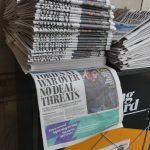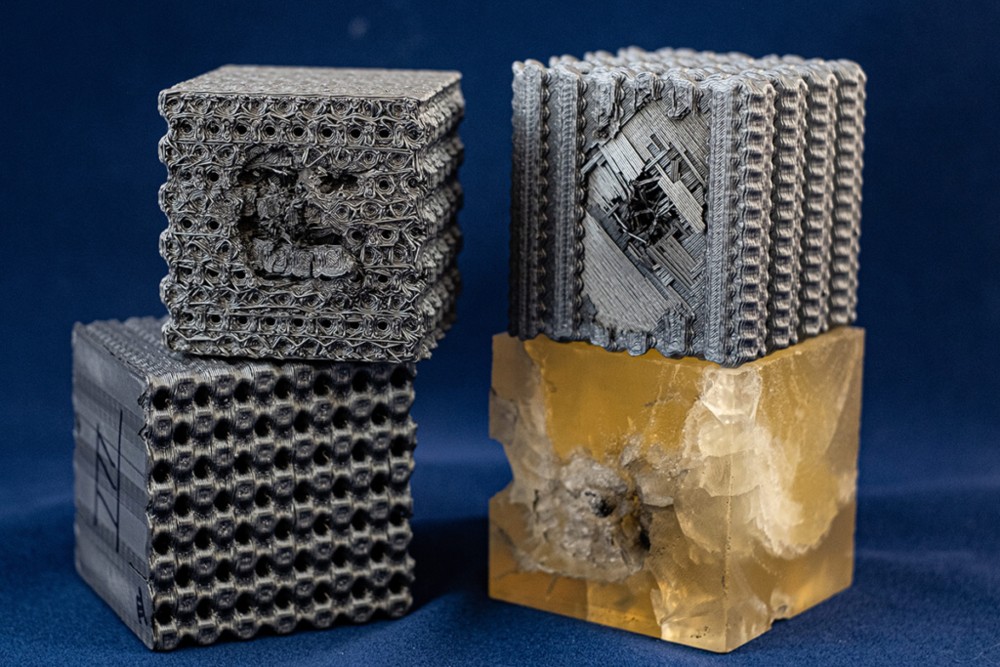As earlier noted, Patrick Crozier and I recently recorded a conversation about the Falklands War, involving both what we each remembered about it from when we lived through it (early in 1982), and what we have learned about it since, which was not a lot in my case but a bit.
It was a strange conversation, because we basically talked only about what happened and what we remembered, and almost nothing about what the war “proved” or “demonstrated”, about life generally or about the libertarianism that we are both supporters of in other contexts. The questions we began with were: What was it? What happened? How did events unfold? And that’s what we talked about. There were a few ruminations about the difference between a country which had fought several recent wars and another country which had not, and what that meant in terms of the differences between the people fighting each other. That difference being a major reason why Britain won. But even that was strictly to try to explain events, rather than to get all grand and philosophical and what it all meant.
What Patrick felt and what I felt at the time, about the rights and wrongs of it, were rather different. He was gung-ho and very clear. The Argies stole the islands and we should get them back, and do whatever that took. I was rather baffled and wanted Britain to win more because losing would be so terrible. Not least politically. Because, as we speculated, it would have been hard for Thatcher to have survived as PM if there had been a British military and naval catastrophe down there in the South Atlantic. (The South Atlantic being where, as so many Brits of my sort were rather unsure about at the time, the Falkland Islands are to be found.) There nearly was a catastrophe. Luck played a scarily big part, far bigger than we were told at the time.
Well, if you want to hear what we said about this strange war, and are not expecting any bigger lessons beyond a small and rather meandering history lesson, here is where to go.
























